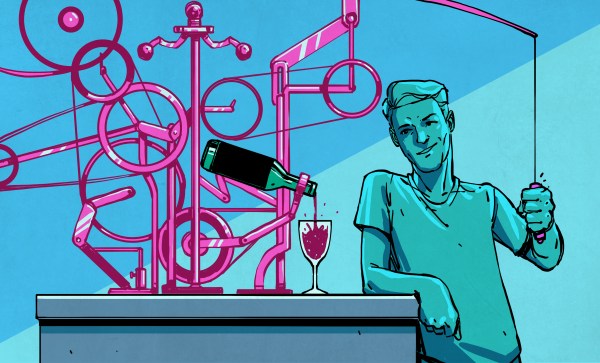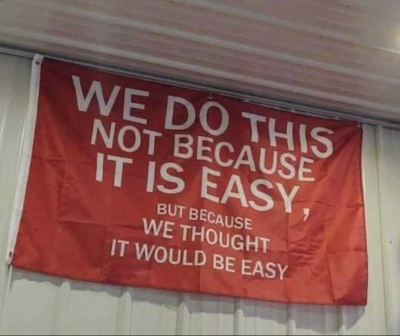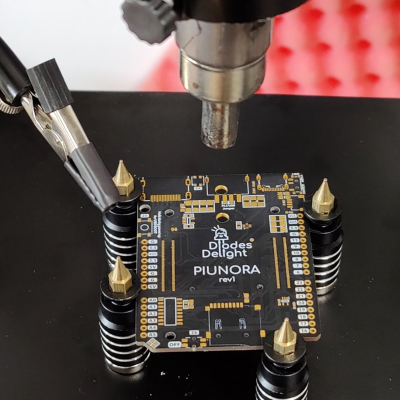An old friend of mine at my hackerspace introduced me to the concept of Prototype Zero: The Version that Even Your Own Sweet Mother Isn’t Allowed to See. The idea is that when you’re building something truly new, or even just new to you, your first take will almost always be ugly, and nothing will work the way it will by the time you make your second one. But it’s also important to the exercise that you see it all the way through to the end if you can.
I’m reminded of this after seeing a marvelous video by [Japhy Riddle] where he discusses his Prototype Zero of the Tape-Speed Keyboard. About halfway through the video he says that he would have done it totally differently if he knew then what he knows now: the hallmark of Prototype Zero. Yet he finishes it up, warts and all, documents it, and plays around with all of its possibilities. (Documenting it publicly isn’t part of the Prototype Zero method.)
I don’t think that [Japhy] is going to make a Prototype 1.0 out of this project, but I could be wrong; he seems to be content with having scratched the variable-speed tape itch. But if he did want to, he’s learned all of the gotchas on the engineering side, and found out exactly what such an instrument is capable of. And this loops back to the importance of getting Prototype Zero finished. You may have learned all of the tricks necessary to build the thing even before you’ve put the last screw in, but it’s when you actually have the thing in your hands to explore that you get the ideas for refinement that you simply can’t think up when it’s still just a concept.
Don’t be afraid to make your prototype quick and dirty, because if it ends up too dirty, you can just call it Prototype Zero. But don’t be tempted by the siren’s song of the 80% finished prototype either. Exploring putting Prototype Zero into use is its real purpose.



















